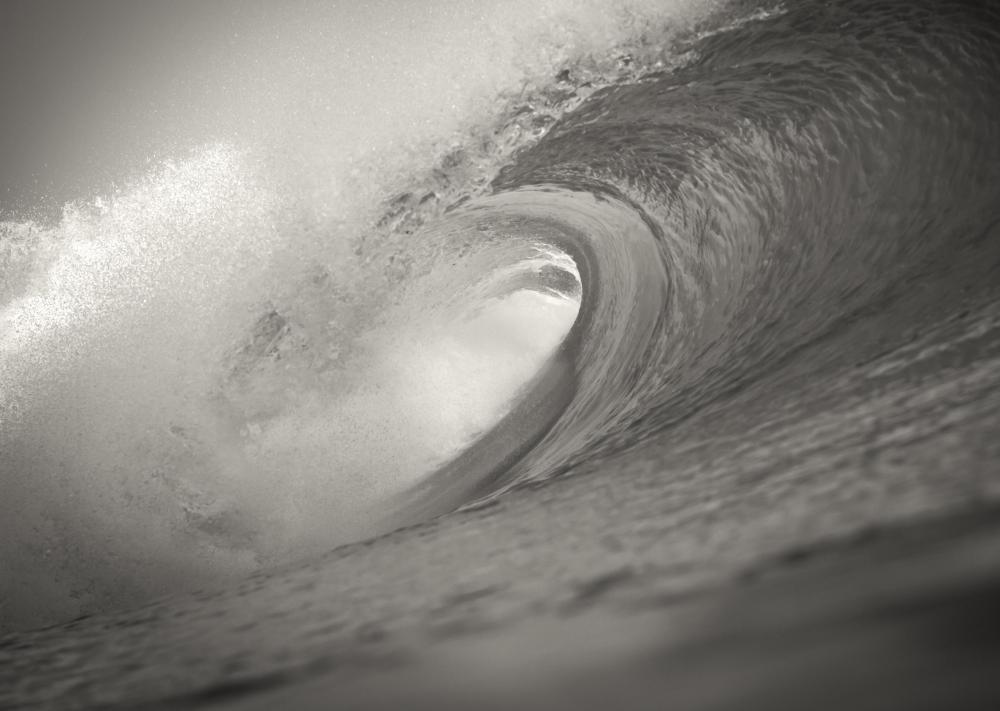At InfoBloom, we're committed to delivering accurate, trustworthy information. Our expert-authored content is rigorously fact-checked and sourced from credible authorities. Discover how we uphold the highest standards in providing you with reliable knowledge.
What Is Significant Wave Height?
Oceanography is the scientific study of ocean waves and currents, and is connected to weather meteorology by the effect of oceans on global climate. Ships and other marine interests need information on ocean currents and waves for shipping routes and protecting harbors and marinas. Scientists developed significant wave height as a way to show consistent information for charts and forecasts. Significant wave height (Hsig) is the average height of one-third of the highest waves during a given time, usually less than 30 minutes.
The height of a wave is defined as the difference between its crest and trough. A crest is the highest point on a wave, and the trough is the lowest. Marine buoys can measure these differences with instruments, and trained observers can make visual estimates. Waves vary greatly in height and direction, particularly in bays or channels where waves move in complex ways.

Research has shown that Hsig is related to sea surface displacement, a statistical average of the vertical movement of the surface over time. Scientists can measure surface displacement with lasers or floating instruments, and use the data to calculate the significant wave height. The calculated values have good agreement with visual determinations from trained observers.
A value used for historic records is the peak significant wave height. This value is the highest measured wave height observed or measured during hurricanes or large storms. Data can be used to compare recorded storms and compare wave heights and resulting storm damage, particularly along coastlines or bays.
Ship builders must consider Hsig when designing new vessels. In the early 21st century, significant wave heights greater than 36 feet (11 meters) were not used for ship design, and extreme waves were considered to be 2.3 times the significant wave height. Ocean data showed that significant waves 65 feet (20 meters) and even greater were possible, with extreme or rogue waves well above that. As new ships continue to be built, height data and the resulting stresses from extreme waves will need to be reviewed regularly.
Changing global climate beginning in the 20th century resulted in a review of Hsig data and how it changes with time. Ocean levels could rise if global temperatures increase, resulting in higher tides and wave heights. Some scientists predicted greater storm intensities due to higher sea temperatures, resulting in new peak wave data. Marine and coastal land interests continued to study these effects into the 21st century, trying to determine what effects occur on people and buildings for changing weather conditions.
AS FEATURED ON:
AS FEATURED ON:











Discuss this Article
Post your comments